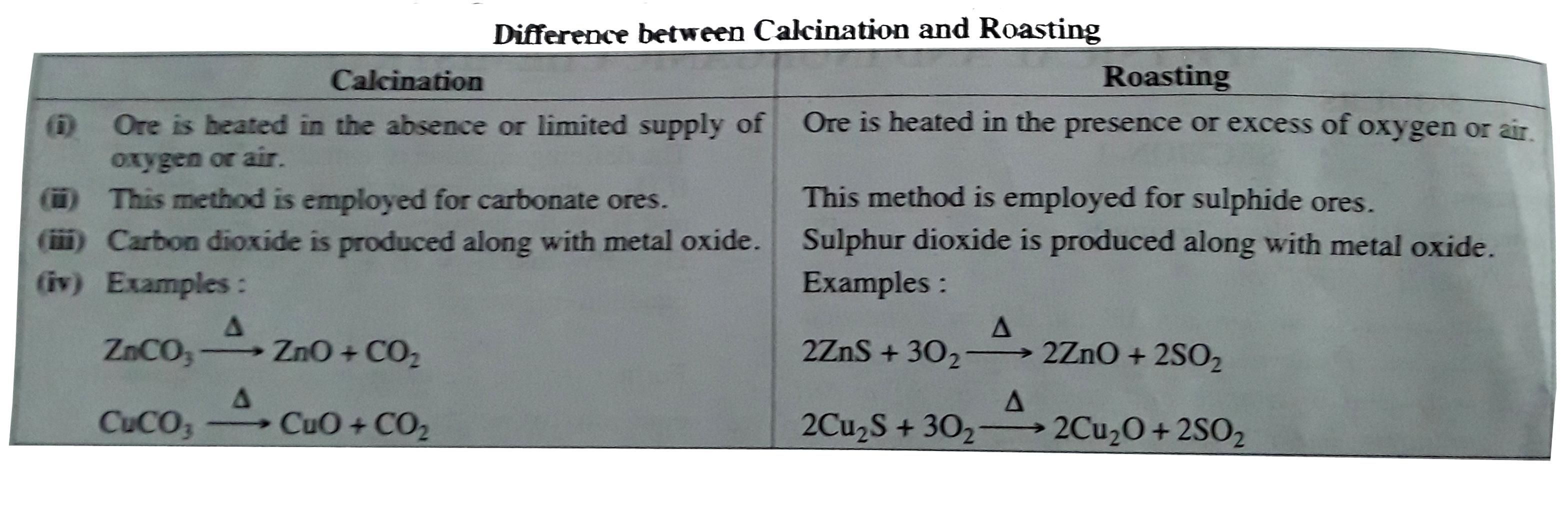InterviewSolution
Saved Bookmarks
| 1. |
Write molecularity of the following reaction : 2NO_((s))+O_(2(g))to2NO_(2(g)) What is 'calcination' ? How does it differ from 'roasting' ? Write resonating structures of ozone, The decomposition of N_(2)O_(5(g)) at 320 K according to the following equation follows first order reaction : N_(2)O_(5(g))to2NO_(2(g))+(1)/(2)O_(2(g)) The initial concentration of N_(2)O_(5(g)) is 1*24xx10^(-2)mol.L^(-1) and after 60 minutes, 0*20xx10^(-2)mol.L^(-1). Calculate the rate constant of the reaction at 320 K. |
|
Answer» Solution :Molecularity is the sum of the different reactants which take part in a chemical reaction. Thus, molecularity of the reaction. `2NO_((g))+O_(2(g))to2NO_(2(g))" is "(2+1)=3` Calcination : Calcination is a process in which the ore of a metal or other solid material is heated to a high temperature below the melting point of the metal in absence of air or limited supply of air Example : Decomposition of carbonate minerals as in the calcination of limestone to drive of `CO_(2)`. `CaCO_(3(s))toCaO_((s))+CO_(2(g))`  The resonating structures of ozone are given below :  `O_(3)` exist as a hybrid of structure I and structure II Each ATOM may be thought as roughly `sp^(2)` hybrid. The middle O atom has a lone pair of electrons with a delocalised `pi` ORBITAL over all the three oxygen atoms. The rate constant (K) of first order reaction at temp. t is given by `k=(2*303)/(t)"log"(C_(O))/(t_(t))` where, `C_(O)` = initial CONCENTRATION, `C_(t)` = concentration after time t For `N_(2)O_(5(g))to2NO_(2(g))+(1)/(2)O_(2(g))` `C_(O)=1*24xx10^(-2)"mol L"^(-1),C_(t)=0*20xx10^(-2)"mol L"^(-1)t=60` min. `:.""k=(2*303)/(60)xx"log"(1*24xx10^(-2)"mol L"^(-1))/(0*20xx10^(-2)"mol L"^(-1))` `=0*038xxlog(6*2)min^(-1)` `=0*038xx0*792"min"^(-1)=0*030"min"^(-1)` Thus rate constant of the reaction at 320 K is `0*030" min"^(-1)`. |
|